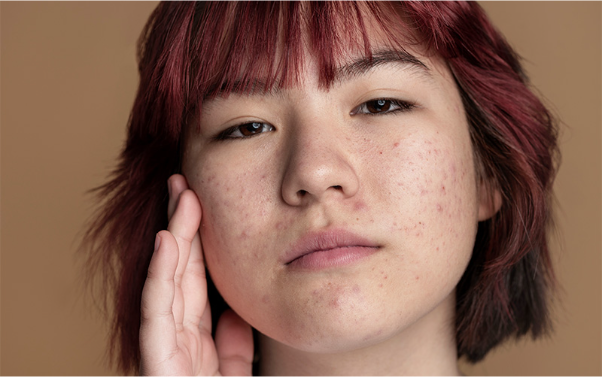Uneven skin tone and dark spots are among the most pressing aesthetic concerns for many individuals. In a tropical climate like Singapore’s, where prolonged sun exposure is unavoidable, pigmentation issues can become more pronounced—understanding how pigmentation forms and what solutions are available is key to finding your treatment. This article explores the removal of pigmentation and how solutions in Singapore are evolving to address these skin concerns effectively.
Understanding the Root Causes of Pigmentation
Pigmentation occurs when melanin is in excess. Melanin gives skin its colour, but too much of it concentrated in certain areas results in dark patches. Triggers such as UV exposure, inflammation, hormonal changes, and even certain medications can disrupt the skin’s balance. Pigmentation is seen in melasma, sunspots, freckles, and post-inflammatory hyperpigmentation.
Pigmentation Treatment Starts With Proper Diagnosis
Before selecting a pigmentation treatment in Singapore, an accurate skin assessment is essential. Dermatologists or aesthetic professionals typically use tools like digital skin analysis to determine the type. If you experience misdiagnosis, it can lead to treatments that deeply affect your problem. This step ensures the selected approach is suitable and reduces the risk of adverse reactions or wasted efforts.
Chemical Peels as a Surface-Level Solution
Chemical peels remain one of the entry-level options for pigmentation removal in Singapore. These treatments remove the upper layers of the skin, helping to diminish the visibility of surface-level pigmentation. Depending on the severity, professionals may suggest light peels or formulations to reach below the epidermis. Recovery times vary, but when handled correctly, results can be noticeable in a few sessions.
Laser Treatments for Targeted Results
Lasers are used in pigmentation treatment in Singapore due to their precision. Devices like Q-switched or picosecond lasers can target excess melanin without harming the surrounding skin. These technologies are typically non-invasive and require minimal downtime. However, sessions are divided weeks apart, and visits are needed to achieve optimal results.
Microneedling and Skin Renewal Therapies
Microneedling creates micro-injuries in the skin, triggering a natural repair response that helps fade pigmentation over time. In combination with serums or skin boosters, it enhances the absorption of active ingredients that work on melanin clusters. This treatment is gaining attention in Singapore as an adjunct option that not only addresses pigmentation but also improves skin texture and firmness.
Learn More: Debunking Myths About Hyperpigmentation and its Treatments
Prescription Creams and Topical Solutions
For a non-procedural route, prescription creams are a viable choice. Ingredients such as hydroquinone, retinoids, azelaic acid, and kojic acid are formulated to interrupt melanin production. These treatments work best on mild to moderate pigmentation but require consistent application over weeks or months. They are frequently recommended as part of a maintenance routine after clinical treatments.
Sun Protection as a Non-Negotiable Step
Sun protection remains essential in preventing pigmentation from returning, regardless of which treatment is taken. UV rays stimulate melanin activity, which can reverse progress if unprotected skin is exposed to sunlight. Wearing sunscreen, and protective clothing, and avoiding the midday sun further enhances the effectiveness of pigmentation treatments.
Combining Treatments for Better Outcomes
While each treatment method serves its purpose, combining techniques can sometimes yield faster or longer-lasting results. For example, chemical peels followed by laser treatments or microneedling paired with brightening serums may enhance overall impact. The key lies in professional guidance to design a treatment schedule that respects skin health and tolerance levels.
Managing Expectations and Results Over Time
Pigmentation removal is rarely a one-time fix. Most treatment plans in Singapore require multiple sessions, patience, and a commitment to aftercare. While significant improvements are possible, complete removal may not always be feasible, especially for deeper or hormone-related pigmentation. Realistic expectations, combined with ongoing skin care, deliver the best long-term benefits.
The Role of Lifestyle and Skin Maintenance
A balanced lifestyle supports the effects of any pigmentation treatment. Includes a nutrient-rich diet, proper hydration, stress management, and avoiding triggers like harsh skincare products or aggressive scrubbing. Good habits work hand-in-hand with clinical solutions to promote healthier, brighter skin.
For more information about pigmentation treatment and removal, contact Halley Aesthetics today.
